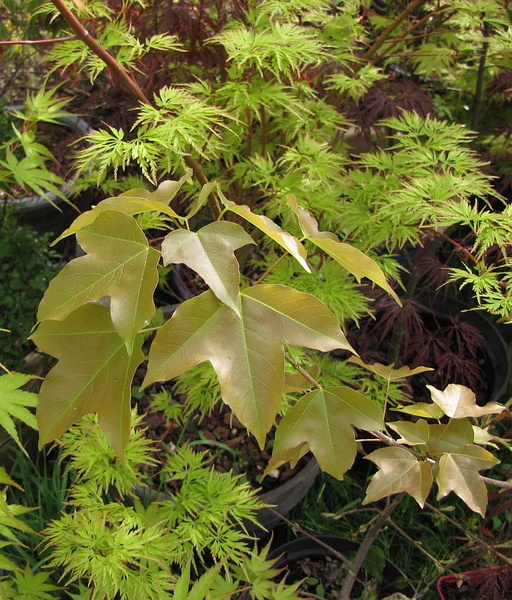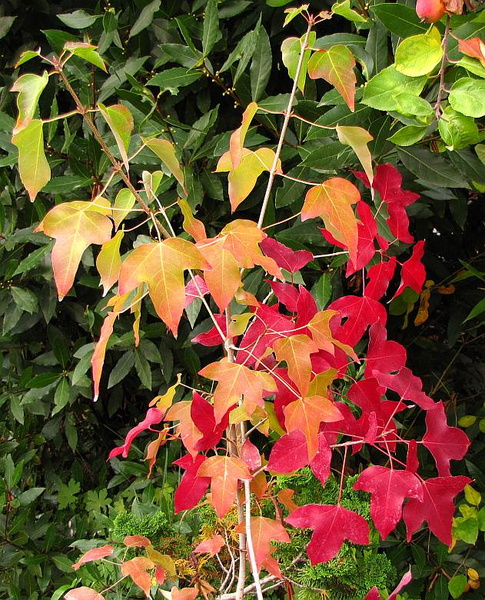Leaves drop from stress. Plunking a non-dormant tree in a refrigerator and immediately exposing it to temperatures possibly 30 degrees below what it's used to and shutting off its light source is a stressful situation that will force a tree to drop its leaves. Doesn't mean the plant has gone dormant...
In my experience, once a temperate deciduous tree has undergone a growing season of an appropriate length, subsequent removal of the leaves and storage in the refrigerator does not cause problems for the trees I have worked with. Alternately, one can simply set the ready-to-be-dormant tree in the fridge with its leaves and they will fall off in 2-4 weeks as the tree goes dormant.
Now I really wish I would have applied the scientific method and documented a longitudinal study so I would better be able to demonstrate the efficacy of this technique.
Now living in Wyomissing, PA, I have no need to apply this technique as we have plenty of chill hours and then some for virtually any very cold hardy tree to survive here.
In the coming years, I may still conduct a long-term experiment and let all of the resulting data speak for itself. Perhaps a Japanese maple, wintered in the refrigerator for 10 seasons and documentation of tree growth and health during this period would help. From the same genetic stock, same size, etc., I could keep a "control" indoors at 58-75F each winter and another outside and protected/stored in the traditional way relative to my climate.
I really would like to do this and may get three rooted JM cuttings from the same mother plant(of the species, not a cultivar) and start the experiment this coming spring, after which each tree will be kept in identical (as close as possible) parameters and the only significant variable will be chill hours/winter storage temperatures.
My prediction: the JM wintered inside at room temperature will last two growing seasons, then go dormant when its reserves are depleted and die, the tree wintered in sheltered conditions outside will do very well and progress as expected over the 10 year duration of the experiment. Finally, the tree vernalized in the refrigerator will perform 80-90% as well as the tree kept outside during the 10 years and there is an outside chance it could perform slightly better, if harsh environmental factors (severe cold, pests, vermin, etc.) adversely affect the outdoor grown tree.
I will obviously start a thread on this subject when and if I decide to do the experiment.


